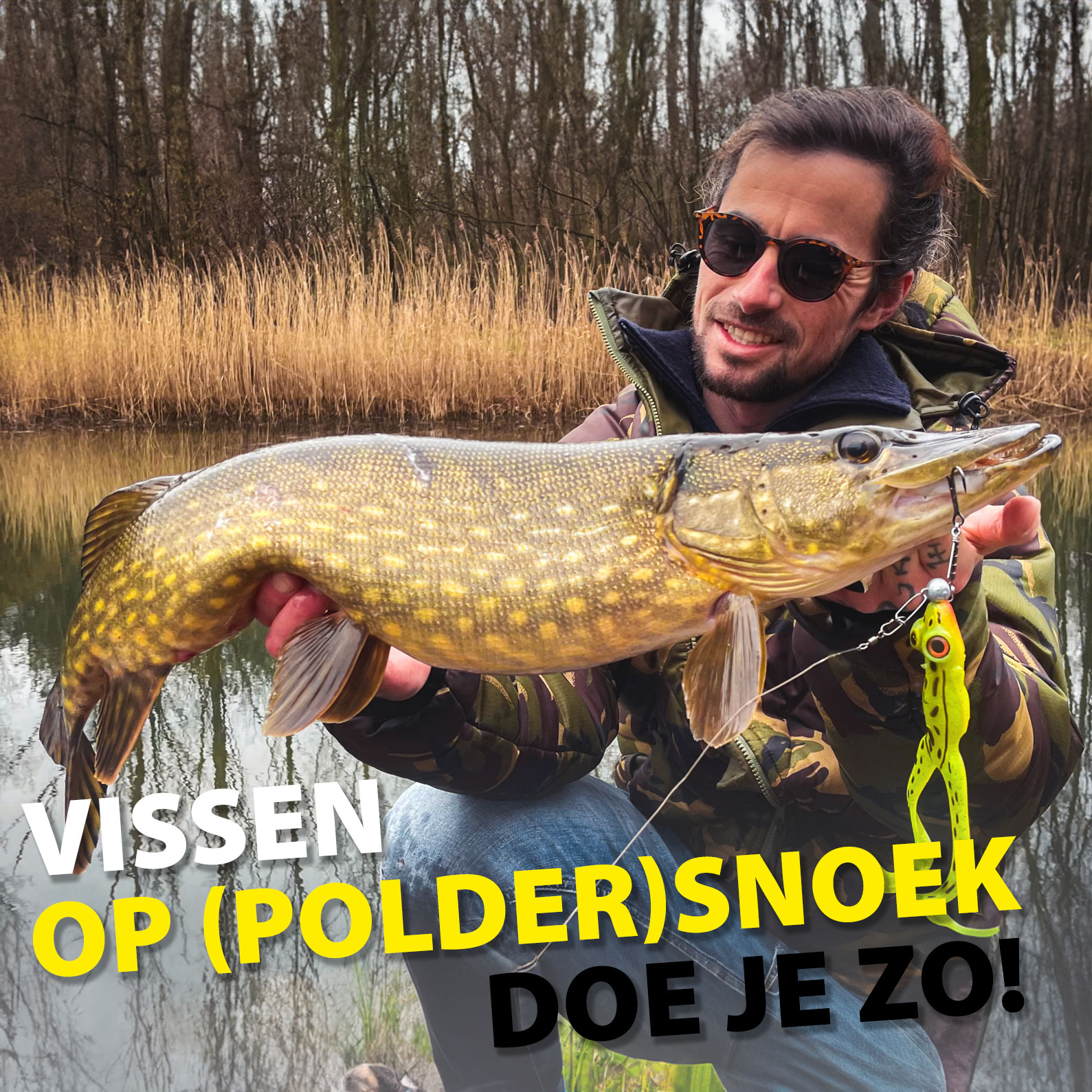Pike fishing in shallow canals and lakes is great fun, easy to do and effective! You don’t need much gear, everybody can learn it and you don’t need a lot of time to have a good chance of catching some fish whilst spending some time outdoors. But how do you start?

In just a spare hour you have a good chance for a nice pike!
ROD CHOICE
Firstly of course you need a rod. When fishing with lures for pike, you’re holding the rod in your hands, casting lures for the best part of the day. A lightweight rod that casts easy is good. For easy casts a rod with a so called ‘fast action’ is preferred. To quickly test if a rod is ‘fast’ you can watch how fast a rod bends back to a straight position after being bend.
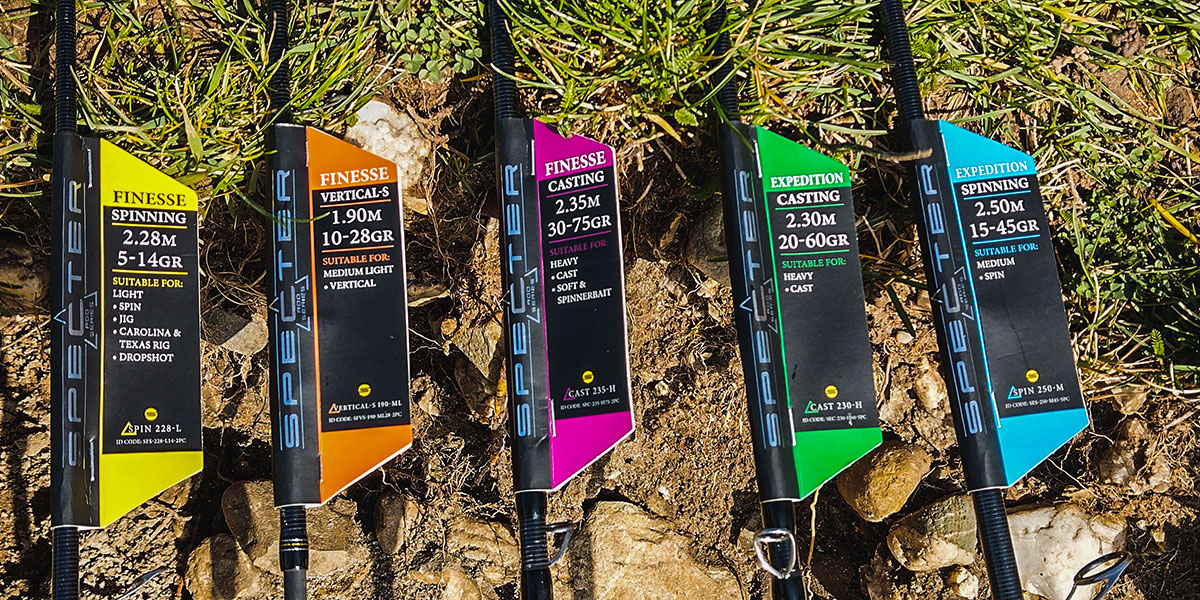
Rods with a fast action are most comfortable. All rods in the SPECTER range are fast!
FAST ROD
When the rod springs back in a straight position without bouncing too much, then the rod is fast. If the rod however, wobbles for some time, then the rod is slower. All rods in the SPECTER Finesse series are fast. This is not only in benefit of easy casting but also adds to the sensitivity of the rod. Which makes it easier to detect bites. In terms of casting weights you can think of somewhere in between 20 and 70 grams. When you’re choosing the casting weight of the rod, you can let the weights of your lures guide you. After all that’s what you’re using the whole day!
In this short movie, Roel shares his knowledge about rod choice.
REEL OR SPINNING REEL?
The rod should be paired with a casting or spinning reel. When it comes to line choice we can be short and clear: a braided main line of 0,20mm or thicker is fine. Highly recommended is the SPEX8, this line is incredibly smooth, strong and reliable. If line choice is something that you struggle with, then this article is recommended!

SPEX8 has been specifically developed for lure fishing. It comes in spools of 150 meters which is exactly enough to fill your reel or spinning reel.
OX BC
Then there is a choice to be made: spinning or casting reel? This is a matter of personal preference. Working with a spinning reel is a little bit easier to learn, but if you learn yourself to handle a casting reel well it definitely is an advantage. A casting reel is easier and quicker to operate, even with one hand. On top that you can also better control your cast, so you can cast faster and more accurate. A great recommendation for this style of fishing is the OX BC Light!
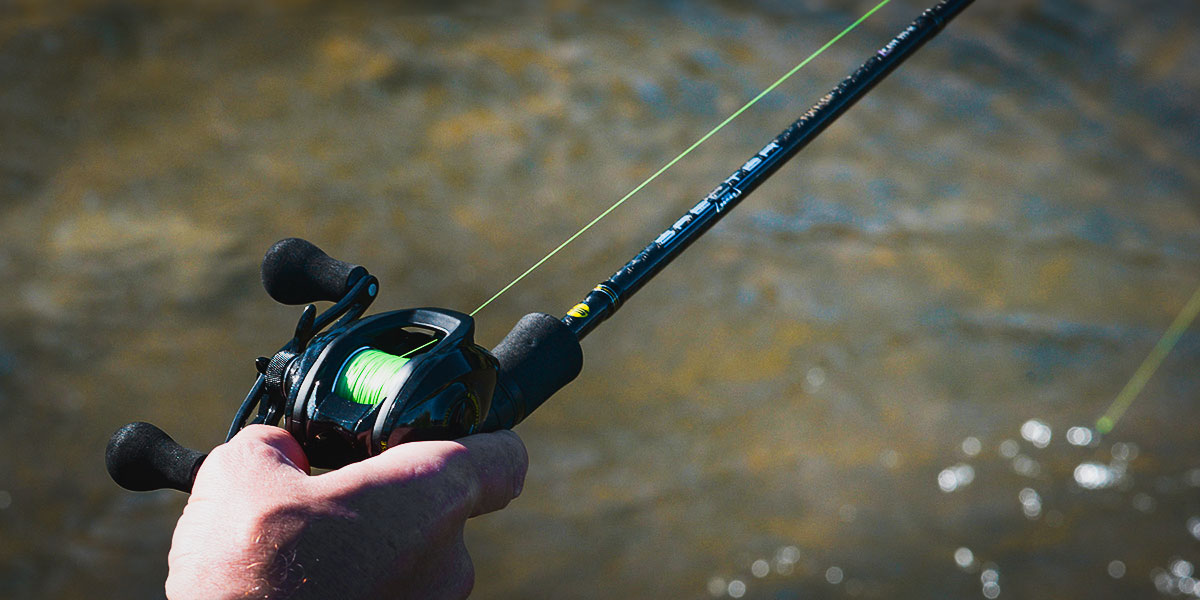
The OX BC Light lays comfortable in your hand and performs great!
LURES
With just a rod and a reel you will not catch any fish of course, you need some lures! Lures are available in countless different shapes, weights, colours and sizes. How do you pick the right ones? First of all it is good to know the casting weight of your rod. Because of this lures that don’t weigh enough, or are too heavy can be forgotten. Then it’s great to have something to choose from: jerkbaits, spinnerbaits, crankbaits, softbaits, they will all catch you fish. Just make sure you have a little bit of everything and you are sorted. The same thing applies for the colours of your lures. If you have some bright and natural options, you’re good to go.

Just make sure there is something to choose from. So on tough days you can switch lures and figure out what it is they want that day.
ESSENTIAL
To protect the mainline against the sharp teeth of pike you have to use a leader. As a matter of fact it does not really matter which material you choose, as long as it’s strong enough to withstand the extremely sharp pike teet. Some great options are: thick fluorocarbon (starting from 0,80mm), steel or titanium. Everything has its pro’s and cons. Fluorocarbon is near invisible under water, but it is quite thick. Steel is affordable, but kinks quite fast. Titanium does not kink and is quite subtle, but pricey.
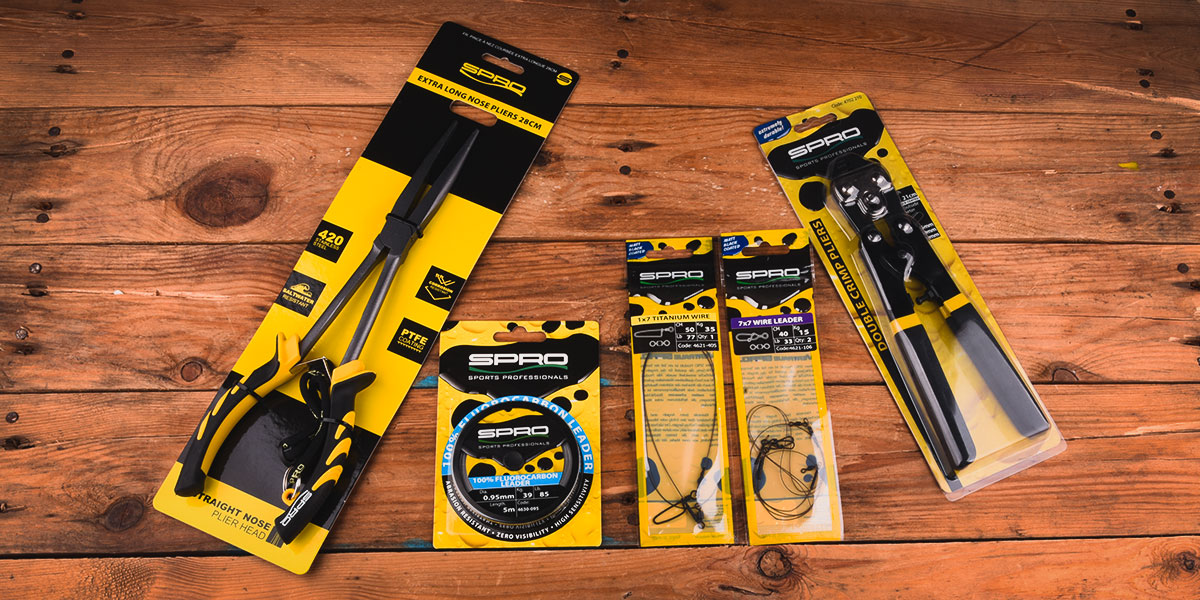
Without decent pliers and leaders you shouldn’t even try.
PLIERS
At last, but absolutely essential is a good set of pliers. You need a long set of pliers to properly get the hooks out of a pike his mouth. A good quality cutting pliers is a must too. Whenever you’re in doubt if you can safely unhook a pike, often it is better to immediately cut the treble hooks of your lure. Then at least the lure can exit the pike’s mouth. Which makes it easier to reach the treble hooks and still get the hooks out.
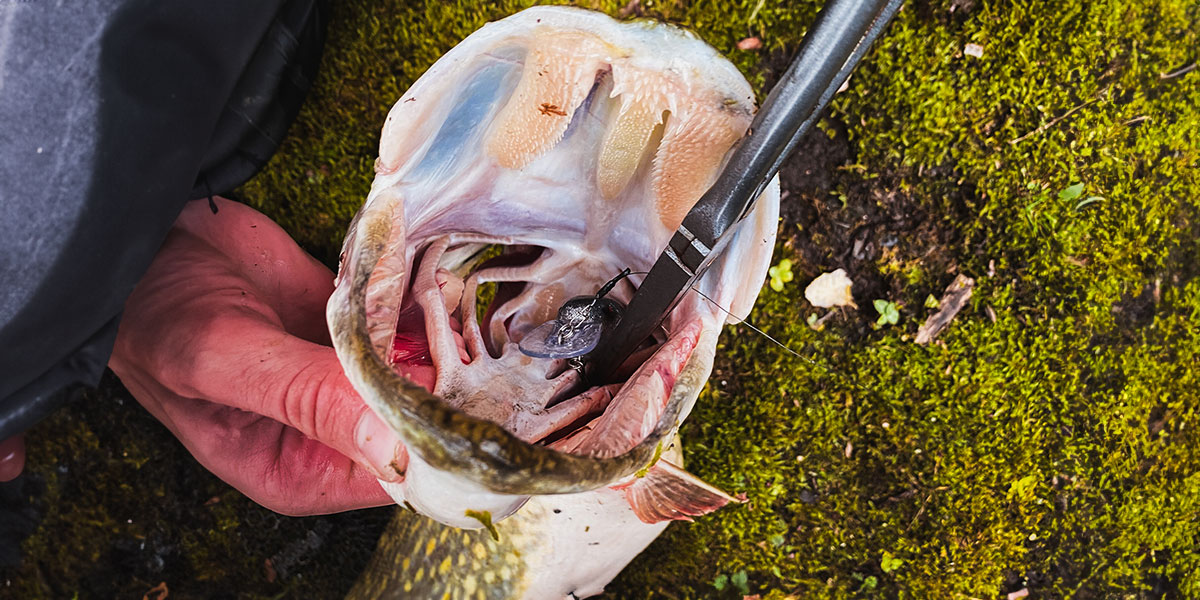
Pike can annihilate your lure without any excuse. Long pliers like these come in handy!
GET FISHING!
Now you have chosen the right gear, it’s time to go to the water. Many shallow rivers, lakes and canals have pike in them. Choosing a spot is not the most difficult part. Just check out Google Maps for some potential spots, go out and have fun! Start with lures that make you feel confident, and work your way through that water. Make sure your lure swam everywhere. If you’re without bites for an hour? Try to switch to a new lure! Sometimes pike can have a specific preference in lure shape, size, or colour. Sometimes also the tempo in which you fish the lures is the key difference. So experiment! Figure out what get’s pike reacting that day.
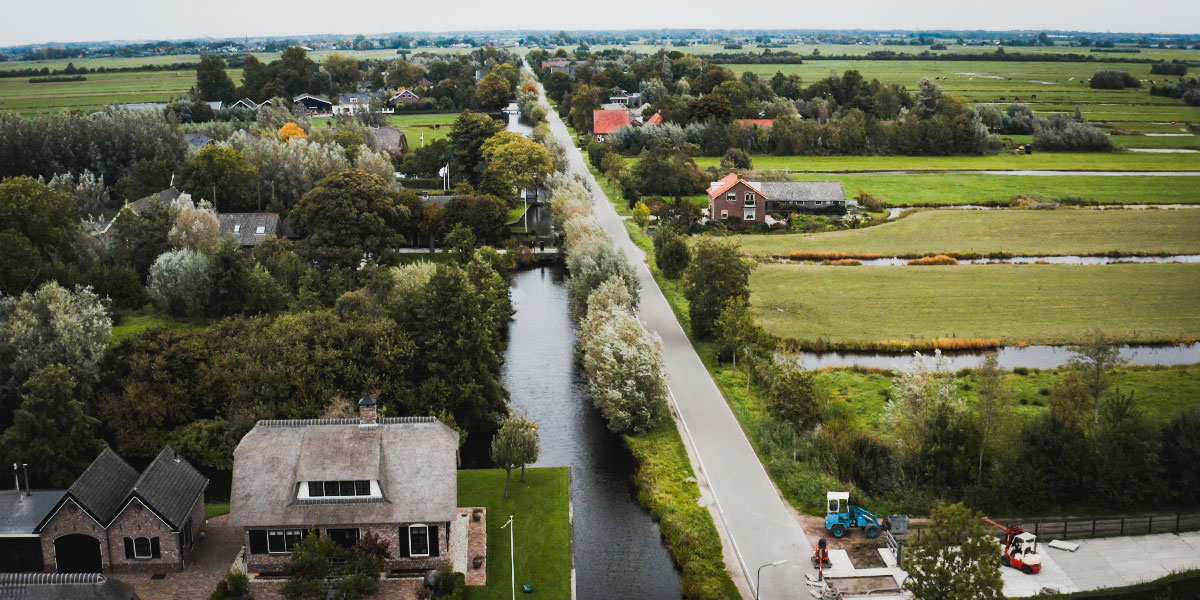
In the Netherlands these canal systems all contain pike!
THE BEST SPOT?
The fact that you can expect pike in every canal, river and lake does not mean they will be spread everywhere in said waterways. There are definitely pointers to give which will enhance your chance of a bite. Of course now you want to know what to look for, right? In canals these spots are places where the monotonous character of a canal gets broken. You can think of junctions, bridges, lillypads, reeds etcetera. Pike is a predatory fish that likes to ambush his prey. When you realise this, with some imagination it’s easy to imagine which places could be of interest for a hungry pike.
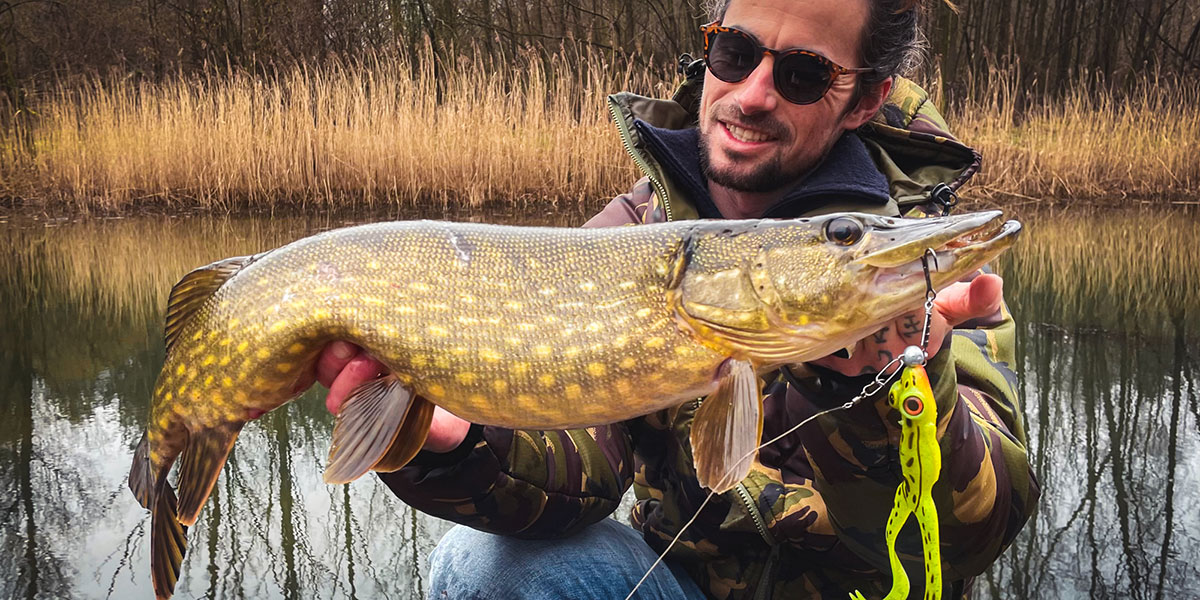
Every spot that stands out from the other, is worth investigating.
BITE!
You’re retrieving your lure slowly and suddenly… Yank! A big swirl at the surface tells you that your lure has been taken by a hungry pike! What do you do? First it’s a good idea to set the hook. Then it’s a matter of keeping tension. Whatever happens, do not let the line go slack. After the hook is set, it’s good to set the drag this way that whenever the pike really has to, it can take some line. When the pike arrives in the water in front of you, more often then not they like to squeeze out all the power they have left in them. Of course the last thing you want is your line to break. That’s why it’s a good idea to ease down on the drag a little. When the fish is exhausted in front of you, it’s time to land him. But how to?
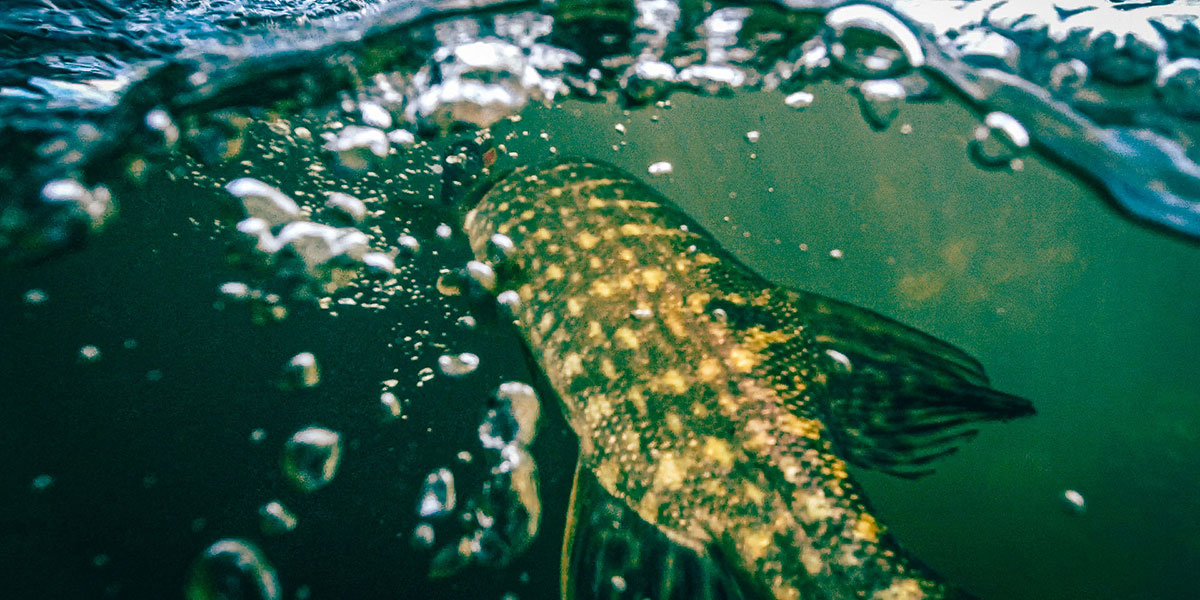
Often a hooked pike makes a run for it in front of your feet! By then it’s good to loosen the drag a little.
PIKE LANDING
Pike up to roughly 80 cm can be best landed by grabbing them in the neck. Then you can carefully lift them out of the water while holding the neck. Often the pike opens his mouth already when you lift them like that. This way you can look where the pike is hooked and then switch to a gill grip. How to do a gill grip? That’s what Roel explains you in this short clip.
Now you are holding the pike in the gill grip it is really easy to get the hooks out with a long set of pliers. You can quickly make a nice picture of the fish and put him back in the water gently. Please take care of the fish and support him until he swims away on his own. Then you can be sure you can catch that same pike again some time later!
DON’T MISS A THING!
If you want to learn everything about fishing for pike, but also perch and zander? Please subscribe to our YouTube channel, and don’t forget to follow our Facebook and Instagram page too! Through these channels we share valuable tips and tricks about various styles of predatory fishing!

